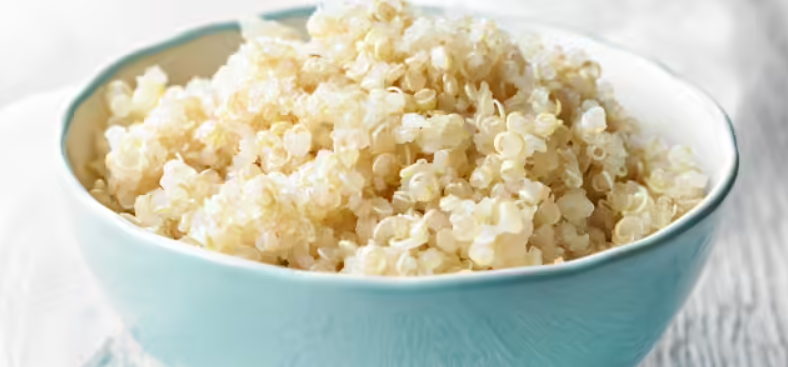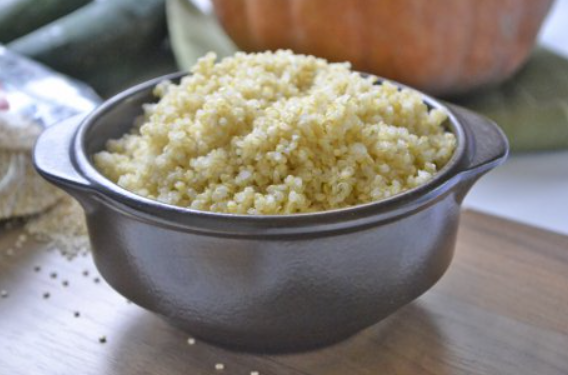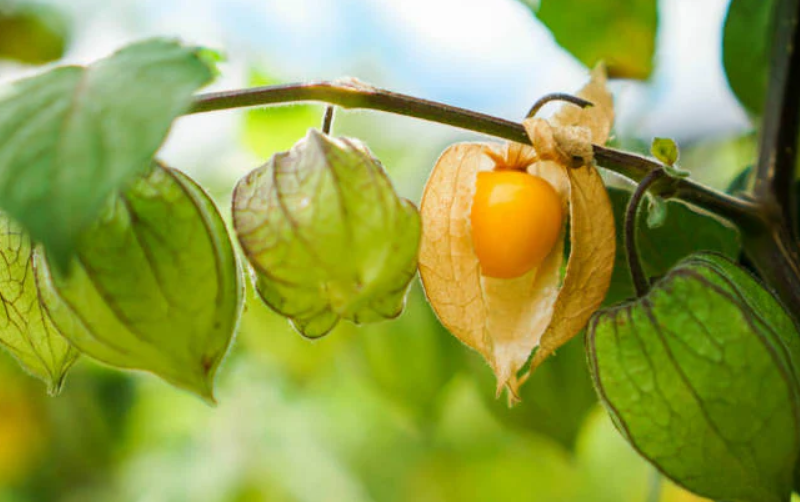The combination of rice and beans is regarded as a complete protein since it contains each of the nine essential amino acids. Because most grains lack the amino acids lysine and isoleucine, they must be consumed in combination with a legume to be considered “complete.”
Quinoa is a seed that is rich in fiber, vitamins, minerals, and other nutrients. It also has a low glycemic index and is low in fat. For four millennia, it has been a staple throughout South America.
Although it is frequently confused for a grain that doesn’t contain gluten, it is actually a vegetable seed that is incredibly nutrient-dense. Consequently, it is a vegetable similar to spinach and beets that offers a unique vegetable-sourced complete protein that contains all nine necessary amino acids.
As a result, although being frequently referred to as “the mother of all grains” and “chisaya mama,” it is not a grain. It has even been thought to be sacred because it survived the prolonged summer’s extraordinarily high temperatures and doubles in yield during droughts, while other plants become weaker.
Find out more about: Wash Your Face With This 3-Ingredient Apple Cider Vinegar Mixture To Look Years Younger
Just before winter, when people require the most proteins and lipids, the quinoa is harvested.
Although it is greater than other grasses like wheat, it is still considered to have a low fat content. It includes some (ALA) alpha-linolenic acid, a heart-healthy omega-3 fatty acid, and is rich in oleic acid, a monounsaturated fat that is present in olive oil.
These fats do not oxidize during cooking, unlike other fats, and they remain stable. Experts claim that this is caused by the abundance of antioxidants.
The alpha, beta, and gamma forms of vitamin E, polyphenols, and flavonoids, including quercetin, are particularly abundant in this seed, which helps to prevent rancidity and extend the seed’s shelf life.
Despite all of this, quinoa has a low glycemic index and is good for blood sugar levels. Because it is high in fiber, it slows down the body’s absorption of sugar into the bloodstream and causes little blood sugar tension.
One study found that it has more potent impacts on body weight and blood sugar levels than ten other Peruvian grains. It also contains a lot of magnesium, which helps to keep blood pressure and blood sugar levels in a healthy range.
Consequently, including quinoa in your diet can considerably strengthen your immune system and improve your health because it is a complete protein, a natural antioxidant, an anti-inflammation food, rich in fiber, minerals, vitamins, and heart-healthy fats.
This is how to prepare it to take advantage of its many advantages:
- Its skin has a bit bitter taste, so make sure you wash it away with a fine strainer, as it holds lots of water.
- In one cup of quinoa, add 2 cups of water and boil.
- Cover the pot, and leave it to simmer on low heat, for 15 minutes.
- Again use the fine strainer to strain it again.
- Place the cooked quinoa in a warm pot, and leave for 15 more minutes, in order to make sure it is light and fluffy.




